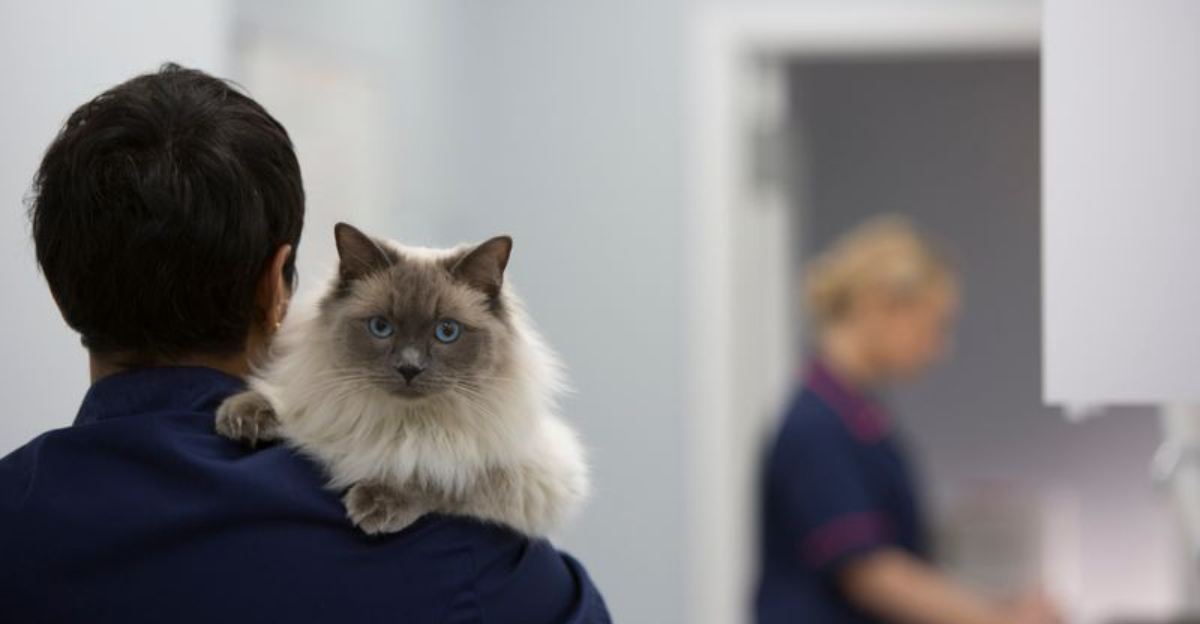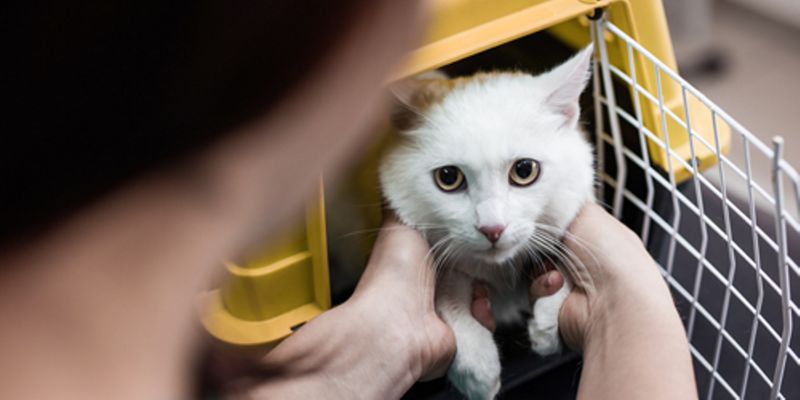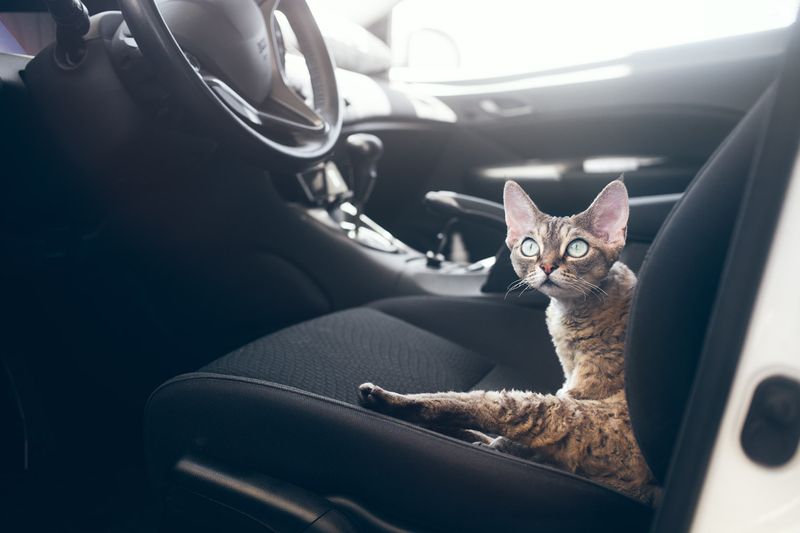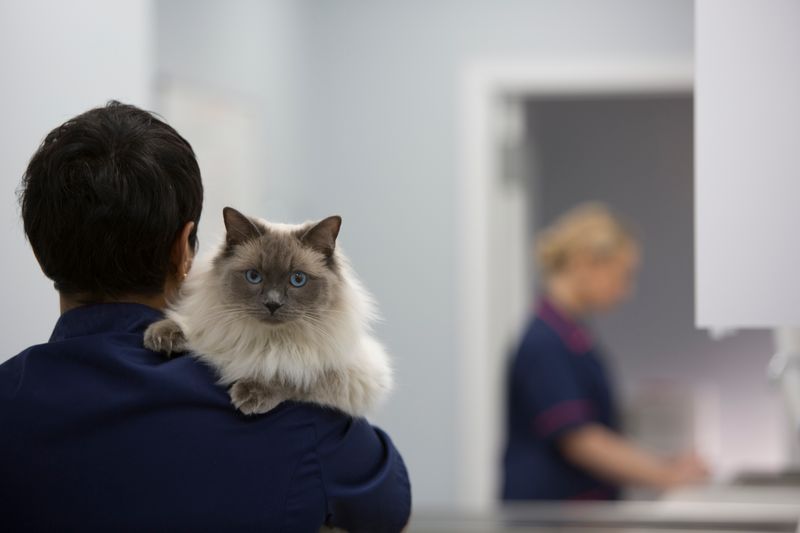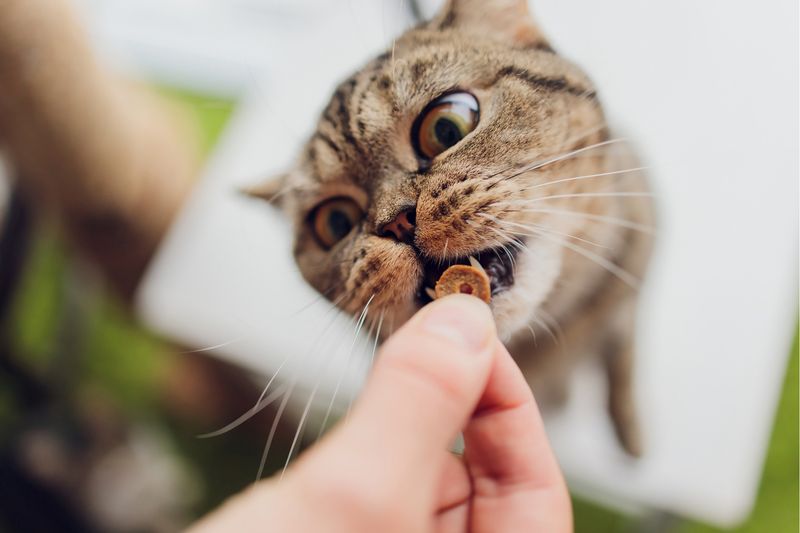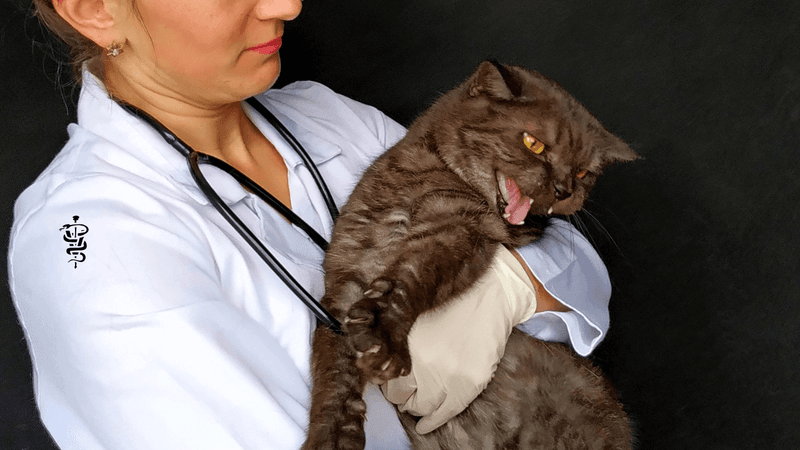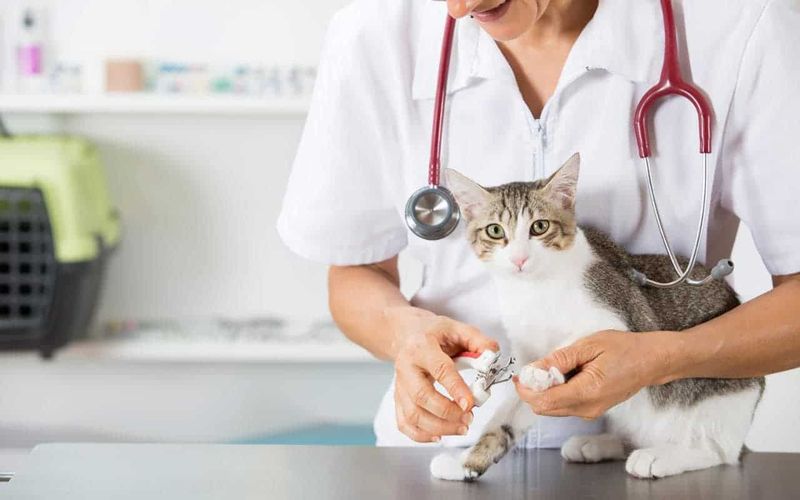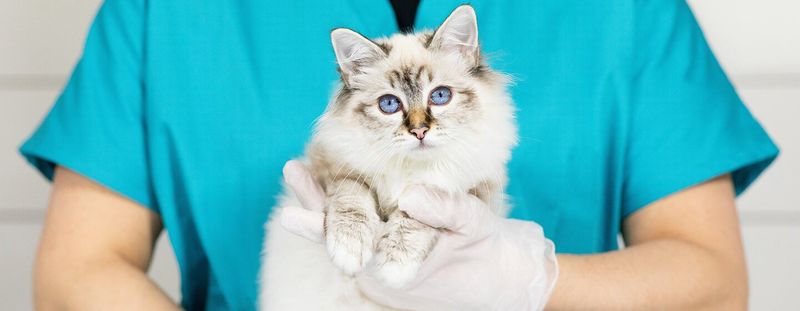📖 Table of Content:
- 1. Schedule Wisely
- 2. Do a Trial Run
- 3. Bring Familiar Comforts
- 4. Use a Secure Carrier or Leash
- 5. Stay Calm Yourself
- 6. Skip the Big Breakfast
- 7. Bring Medical Records
- 8. Pack Treats and Rewards
- 9. Write Down Your Questions
- 10. Be Honest About Behavior
- 11. Socialize Early
- 12. Double-Check the Appointment
- 13. Give Extra Time for the Visit
- 14. Follow Up at Home
Bringing a new cat into your life is a joyful milestone, but that first trip to the veterinarian? It can feel more nerve-wracking than exciting. Between unfamiliar smells, strange sounds, and new faces, your furry friend might be overwhelmed—and truthfully, so might you. Whether you’re a first-time cat parent or just new to a particular clinic, preparing for that initial vet visit is crucial for setting the tone for your pet’s lifelong health care journey.
Veterinary visits don’t have to be scary. In fact, with a little planning, they can become a positive, even bonding, experience for you and your pet. Most of the stress comes from the unknown, but by anticipating what to expect and taking steps to keep your pet comfortable, you’re already on the right track. Your calm energy, a few smart strategies, and a little bit of preparation can make all the difference.
In this guide, we’ll walk you through 14 smart, practical moves to make your cat’s first vet visit smooth, stress-free, and successful. From prepping the carrier to rewarding good behavior afterward, these tips will help you navigate the experience with confidence. Your cat might not understand what’s going on, but with your support, they’ll feel safe—and that’s the best first step you can give them.
1. Schedule Wisely
Choosing the right time for your pet’s vet visit can set the tone for the entire experience. Early morning or mid-afternoon appointments tend to be quieter, with shorter wait times and less foot traffic. Fewer distractions in the waiting room can help your cat feel more at ease. You’ll also have more of the vet’s undivided attention during off-peak hours. Avoid booking right after meals or during your pet’s usual nap time to reduce irritability. Taking their natural rhythm into account can help make the visit smoother for everyone involved. A well-timed appointment often equals a calmer, quicker, and more productive check-up.
2. Do a Trial Run
Acclimating your cat to car rides before the actual vet visit can significantly reduce anxiety. A short drive around the block gives them a chance to adjust to the motion and sounds. If you can, drive to the clinic’s parking lot, let them sit in the car, then head home without going inside. This neutral exposure helps remove the “scary” association with the vet. Practice loading them calmly into their carrier or car seat as well. Repeating this a few times creates a sense of familiarity. Over time, your cat will associate travel with less stress and more predictability.
3. Bring Familiar Comforts
Familiar scents can provide huge comfort in unfamiliar environments. Placing your cat’s favorite blanket or a toy in their carrier helps ease their nerves. Even something that smells like you, such as a worn t-shirt, can work wonders. These items serve as a security blanket and reduce feelings of isolation. Vets’ offices are full of new smells, so grounding your pet with something recognizable makes a big difference. It also gives them a safe focal point to retreat to mentally. In a stressful setting, a small piece of home can be a powerful calming tool.
4. Use a Secure Carrier or Leash
Safety should always be the top priority when transporting your pet. A sturdy, well-ventilated carrier or properly fitted leash keeps them secure and prevents unpredictable escapes. For cats, carriers with top-loading features often reduce struggle and make vet visits less chaotic. Never carry a cat loosely in your arms, no matter how calm they seem. One loud noise or sudden movement could cause them to bolt. Make sure the carrier is comfortable, with soft padding inside. A secure setup ensures a smoother check-in and protects your pet from avoidable stress or injury.
5. Stay Calm Yourself
Your emotions set the tone for your cat’s behavior, whether you realize it or not. If you’re anxious or stressed, your kitty is likely to mirror those feelings. Speak in a soft, reassuring voice and keep your movements slow and deliberate. Animals are extremely intuitive, especially when it comes to reading your body language. Remain calm during the car ride and avoid any last-minute panic. Even if something goes wrong, maintain a relaxed demeanor to reassure your pet. A steady, confident attitude helps your cat trust that everything is okay.
6. Skip the Big Breakfast
Feeding your cat a large meal before the vet isn’t always a good idea. Full stomachs can lead to car sickness, especially for pets not used to riding in vehicles. On the flip side, a slightly hungry cat may be more motivated by treats at the clinic. This can make exams and procedures easier for everyone involved. If your vet plans to do blood work or administer anesthesia, fasting may even be required. Always check with your vet beforehand to confirm any feeding guidelines. When in doubt, a light breakfast or skipping the meal entirely is often the safer bet.
7. Bring Medical Records
Having your cat’s health history ready is a huge help for any new veterinarian. If your cat came from a shelter or breeder, gather any paperwork provided at adoption. This includes vaccination records, spay/neuter documentation, and any known medical issues. A complete picture of your cat’s past helps the vet make informed decisions. It also prevents unnecessary repeat vaccinations or treatments. Bringing physical copies or emailing them ahead of time saves time during the visit. The more information you can provide, the better your vet can care for your pet.
8. Pack Treats and Rewards
Positive reinforcement can turn a stressful vet visit into a rewarding experience. Bring along a few of your cat’s favorite treats and offer them liberally for good behavior. Giving a treat after entering the clinic, sitting calmly, or getting through the exam builds trust. These tasty rewards help your pet associate the vet with something good, not scary. You can even use small bits of boiled chicken or cheese for extra motivation. Praise is just as important—your voice can be just as comforting as the treat itself. Over time, this creates a strong, positive connection to the vet’s office.
9. Write Down Your Questions
It’s easy to forget important concerns when you’re in the moment. Writing your questions down ahead of time helps you stay organized and ensures nothing slips through the cracks. Include topics like diet, behavior, vaccination schedules, or any odd symptoms you’ve noticed. The more specific you are, the better your vet can assist. You’ll also feel more confident walking in with a list in hand. Vets appreciate prepared pet parents—it makes the visit more efficient and productive. When in doubt, jot it down, even if it seems minor.
10. Be Honest About Behavior
Your vet isn’t there to judge—they’re there to help. If your cat has a history of aggression, fear, or reactivity, it’s essential to share that upfront. Letting the staff know in advance allows them to take necessary precautions for everyone’s safety. This might mean extra support, a different exam approach, or using calming tools. Holding back information could make the visit harder for your pet and the staff. Transparency builds trust and leads to better outcomes. It also shows that you’re an engaged and responsible pet parent.
11. Socialize Early
Getting your kitty used to being handled can make a huge difference at the vet. Practice touching their paws, ears, and mouth gently during quiet moments at home. These small sessions build tolerance for the type of handling that happens during exams. It also helps desensitize your pet to unfamiliar touches, reducing their likelihood of squirming or snapping. Use treats and praise to make the sessions positive and brief. Over time, your pet will become more cooperative during actual vet exams. Early socialization is a long-term investment in stress-free veterinary care.
12. Double-Check the Appointment
Mistakes happen, and it’s easy to misread a date or forget a time. The day before your appointment, call the clinic or check your email/text confirmations. Verify the time, location, vet’s name, and whether you need to bring anything specific. Some clinics require proof of vaccines, previous records, or even pre-filled forms. Knowing everything is in order lets you focus on keeping your pet calm. A little double-checking can prevent a lot of last-minute panic. Peace of mind is priceless when you’re already managing a nervous pet.
13. Give Extra Time for the Visit
First-time vet visits often take longer than expected. Plan to arrive early to fill out paperwork or let your pet acclimate to the waiting room. Avoid scheduling anything back-to-back so you’re not rushed or distracted. Giving yourself extra time allows you to focus fully on the experience. It also gives the vet time to thoroughly assess your pet and answer all your questions. A relaxed pace creates a better environment for everyone involved. Your cat will pick up on your calm, unhurried energy, making the visit smoother.
14. Follow Up at Home
What happens after the vet visit is just as important as what happens during it. Once you’re home, give your cat some extra love—playtime, cuddles, or a special treat. This reinforces the idea that good things come after a potentially stressful event. If your vet prescribed meds or changes, follow through consistently. Keep a close eye on your pet for any side effects or behavioral changes post-visit. Offering comfort afterward helps your pet recover emotionally from the experience. Every little bit of reassurance builds trust for future vet trips.
